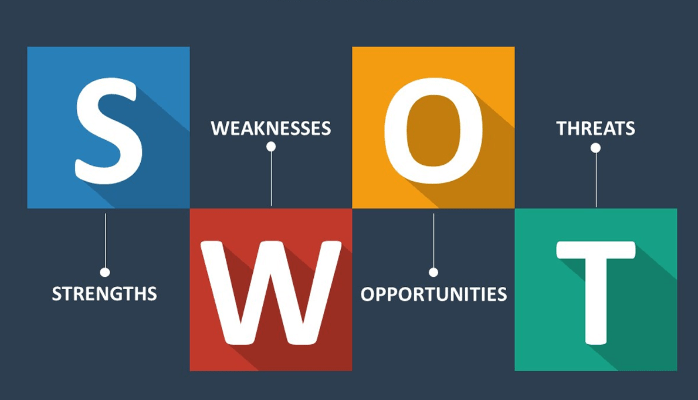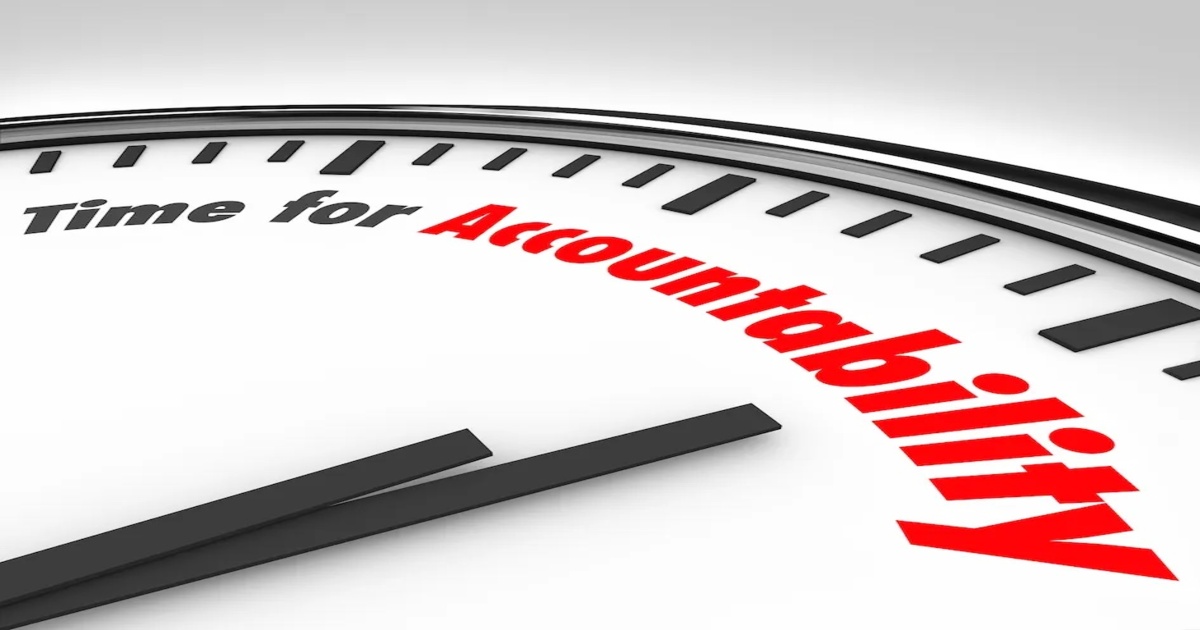Introduction
Are you tasked with writing a training report and wondering how to make it impactful and effective? Look no further! In this comprehensive insight, we will walk you through the essential guidelines, structure, and format to help you create an outstanding training report.
Whether you’re a student, a professional, or a trainer, these tips and tricks will enable you to produce a report that effectively communicates your training outcomes and recommendations. Let’s dive in!
Understanding the Purpose of a Training Report
A training report is a document that provides a detailed account of a training program or session. Its purpose is to summarize the training objectives, methods, and outcomes for stakeholders such as trainers, managers, and supervisors. A well-written training report not only showcases the achievements of the training but also highlights areas for improvement and future recommendations.
Essential Guidelines for Writing a Training Report
To ensure your training report is informative and engaging, follow these essential guidelines:
- Clearly Define the Objectives: Begin your report by clearly stating the objectives of the training program. This will provide readers with a clear understanding of what the training aimed to achieve.
- Include a Methodology Section: Describe the methodologies and techniques used during the training. Whether it involved lectures, hands-on activities, group discussions, or simulations, outlining the methods will help readers grasp the training’s structure.
- Report on Training Activities: Provide a detailed account of the training activities conducted, including any challenges faced and how they were addressed. This section should highlight the practical aspects of the training program.
- Present Data and Results: Use charts, graphs, and tables to present data related to the training outcomes. This will make the report visually appealing and aid in the interpretation of the results.
Structure and Format of a Training Report
A well-structured training report ensures clarity and coherence. Follow this format to organize your report effectively:
- Title Page: Include a title that accurately reflects the content of your report, along with the date and your name or organization.
- Table of Contents: Provide a clear overview of the sections and subsections of your report to help readers navigate the document.
- Executive Summary: Write a concise summary that highlights the key findings, recommendations, and overall impact of the training program.
- Introduction: Introduce the training program, its objectives, and the importance of the report.
- Methodology: Describe the training methods, resources utilized, and any limitations encountered during the training.
- Training Activities: Provide a comprehensive overview of the training sessions, activities, and materials used.
- Results and Analysis: Present the data collected during the training, analyze the results, and draw meaningful conclusions.
- Recommendations: Based on the training outcomes, provide actionable recommendations for improvement or future training programs.
- Conclusion: Summarize the key points discussed in the report and reiterate the overall impact of the training.
Tips for Writing an Engaging Training Report
To make your training report engaging and impactful, consider the following tips:
- Use a Clear and Concise Writing Style: Avoid complex jargon and ensure your report is easy to understand for all readers.
- Include Visuals: Incorporate relevant visuals, such as graphs or images, to enhance the presentation of data and make it more accessible.
- Proofread and Edit: Thoroughly review your report for grammar, spelling, and formatting errors. A polished and error-free report demonstrates professionalism.
Conclusion:
Writing an effective training report is crucial to communicate the outcomes and recommendations of a training program. By following the guidelines, structuring your report effectively, and incorporating engaging writing techniques, you can create a compelling report that leaves a lasting impact.
Remember to use a clear and concise writing style, present data visually, and proofread your report for a professional touch. Now that you have this comprehensive guide at your disposal, go ahead and write your best training report yet!
Frequently Asked Questions (FAQs):
Q: What is a training report?
A: A training report is a document that provides a detailed account of a training program or session, including its objectives, methods, outcomes, and recommendations. It is typically used to communicate the effectiveness and impact of the training to stakeholders.
Q: Who is responsible for writing a training report?
A: The responsibility of writing a training report usually falls on the trainer or the person designated to oversee the training program. They are responsible for documenting the training activities, outcomes, and recommendations in a comprehensive and organized manner.
Q: Why is a training report important?
A: A training report serves several purposes. It helps evaluate the effectiveness of the training program, provides insights into areas for improvement, and communicates the outcomes to stakeholders such as managers, supervisors, and decision-makers. It also serves as a reference for future training initiatives and can be used to showcase the achievements of the training program.
Q: What should be included in a training report?
A: A training report should include the following elements:
Objectives: Clearly define the objectives of the training program.
Methodology: Describe the methods and techniques used during the training.
Training Activities: Provide a detailed account of the activities conducted during the training.
Results and Analysis: Present data and analyze the outcomes of the training.
Recommendations: Offer actionable recommendations for improvement or future training programs.
Q: How should a training report be structured?
A: A training report should follow a structured format, including a title page, table of contents, executive summary, introduction, methodology, training activities, results and analysis, recommendations, and conclusion. This structure ensures clarity and coherence in presenting the information.
Q: Can visuals be included in a training report?
A: Yes, incorporating visuals such as charts, graphs, and images can enhance the presentation of data in a training report. Visuals make the information more accessible and aid in understanding the outcomes of the training program.
Q: Is it necessary to proofread and edit a training report?
A: Absolutely! Proofreading and editing are essential steps in the report writing process. They help identify and correct grammar, spelling, and formatting errors, ensuring that the report is polished and professional in its final form.





